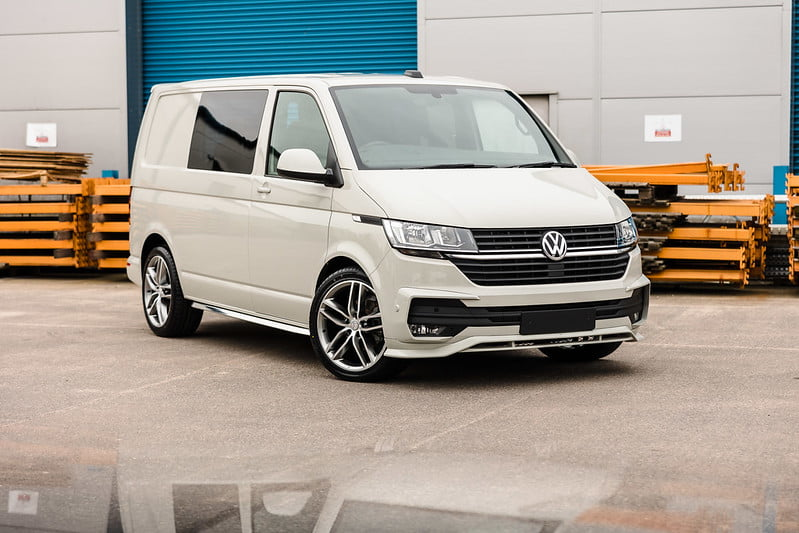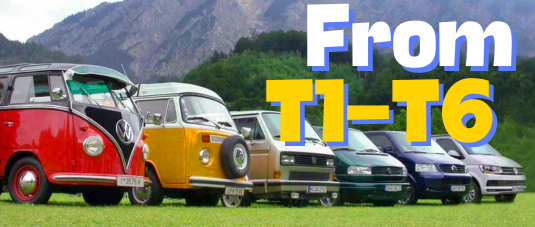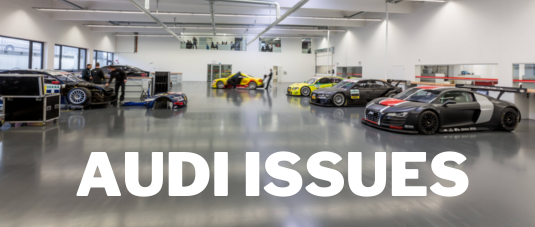Today, our focus is on the Volkswagen Multivan (VW T-Series).
Today, our focus is on the Volkswagen Multivan (VW T-Series).
The name "Multivan" doesn't quite stick in the memory when translated from Chinese, so let's call it the Volkswagen T5, the descendant of the iconic and legendary T1 model.
If you're still drawing a blank, just remember this: in the price range of 442,800 to 818,000 yuan, the Volkswagen T5 is undeniably one of the most practical and highly regarded vehicles.
What is Multi and Van?
A "box van" or "pancake van" is the most straightforward interpretation of a VAN. It's safe to say that a VAN is just a smaller version of a BUS. And putting Multi in front of VAN makes it a multi-purpose box van.
As for the originator of the Minivan? That would be the Type 2 T1 model produced by Volkswagen in 1950.
Volkswagen T1 - Witness to the Rainbow Era
The first generation of the T-series minibus, officially known as the Volkswagen T1 Type 2. The "T" stands for Transporter. "Type 2" is the internal model number.
A Dutchman named Ben Pon got the idea from a simple transport flatbed while visiting the Beetle (Type 1) production line and believed that a new model could be built based on the Type 1 Beetle to create a more practical vehicle. And that's where the "Type 2" internal model number came from. This Type 2 designation continued until the T3 model was discontinued in 1992, with the T4 and T5 models continuing to be named "Transporter" to this day.
The T1 was an undeniably successful model, produced from 1950 to 1967. During its 17-year long product cycle, there were countless extended models of the T1, including small buses with two rows of seats, travel models with dining tables, cargo vans with rear seats removed, and even pickups with only the cab, among others. Mothers, fathers, young people, delivery drivers, and surfers... almost everyone had a good reason to choose the Volkswagen T1. Perhaps it was for this reason that, along with the Beetle, it traveled across the ocean to the United States. In this land of independence and freedom, the T1 burst forth with unlimited vitality.
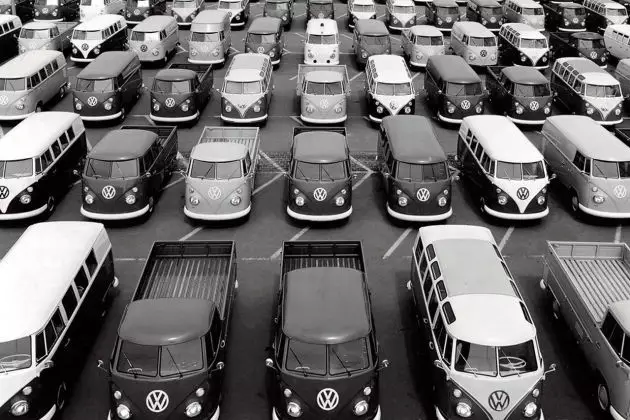



Volkswagen T2 - The Leader Across Time and Space
In 1967, the second generation of the Volkswagen minibus, the T2, was released. The classic face of the T1 minibus was no longer visible on the T2, but it remained round and cute. Compared to the previous generation, the T2's body size increased slightly, the sliding front window was changed to a lifting one, and the double doors in the first-generation model were changed to sliding ones, greatly facilitating passenger entry and exit.
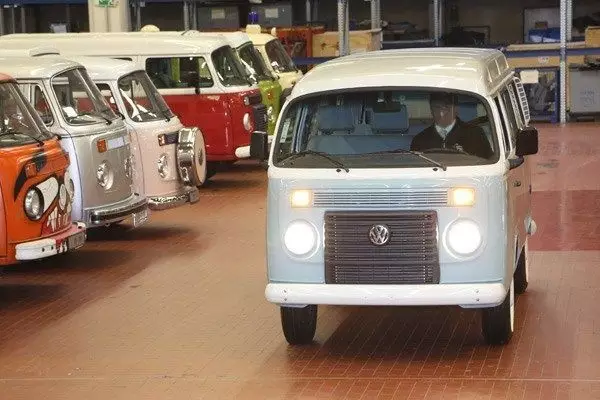



Volkswagen T3 - The Square-Faced Younger Brother
When the T-series minibus reached its third generation, everything began to change. The T3, at first glance, abandoned the cute and cartoonish design of the T1 and T2, and its angular appearance made the classic colors fade. But with the blessing of the four-wheel-drive system, the Volkswagen T3 quickly opened up a whole new world.
It is worth mentioning that, in addition to civilian use, in the 1980s, the T3 was used as a logistics vehicle by the US Army and the German Air Force. Porsche also once used the T3 to create a special version called the B32 race support vehicle. This special T3, equipped with a Porsche 3.2L engine, was used to provide support for the Porsche 959 race car (which can be said to be the first legendary supercar in Porsche history) at the Paris-Dakar Rally.


Volkswagen T4 - Entering the Business Field
Ten years passed in the blink of an eye, and in 1990, Volkswagen's T-series vehicles fell to the fourth generation. After 10 years of being bystanders, the Germans finally figured out the true mission of the T-series vehicles. As a result, a more rigorous and multi-functional commercial VAN was born. In addition to its clear positioning, the Volkswagen T4 also abandoned the rear engine design used for 40 years and was officially named the Transporter (Eurovan in North America). With the front engine layout, the interior space layout was optimized to the extreme, and the T4 once again demonstrated its strong expandability and versatility. Therefore, like its predecessors, it attracted a large number of loyal fans who love camping and traveling.


Volkswagen T5 - The Classic that Travels with Time
In 2003, Volkswagen once again launched a new generation of T-series vans, the Multivan we see here, a square-faced minivan with a legendary past. In terms of appearance, the T5 did not return to the cute cartoon design of the T1 and T2, but continued the steady and business-like style of the T4. The overall design is unquestionably inherited from the previous four generations of VAN style. From its own name, we can also see this: Multivan - a multi-purpose box van.
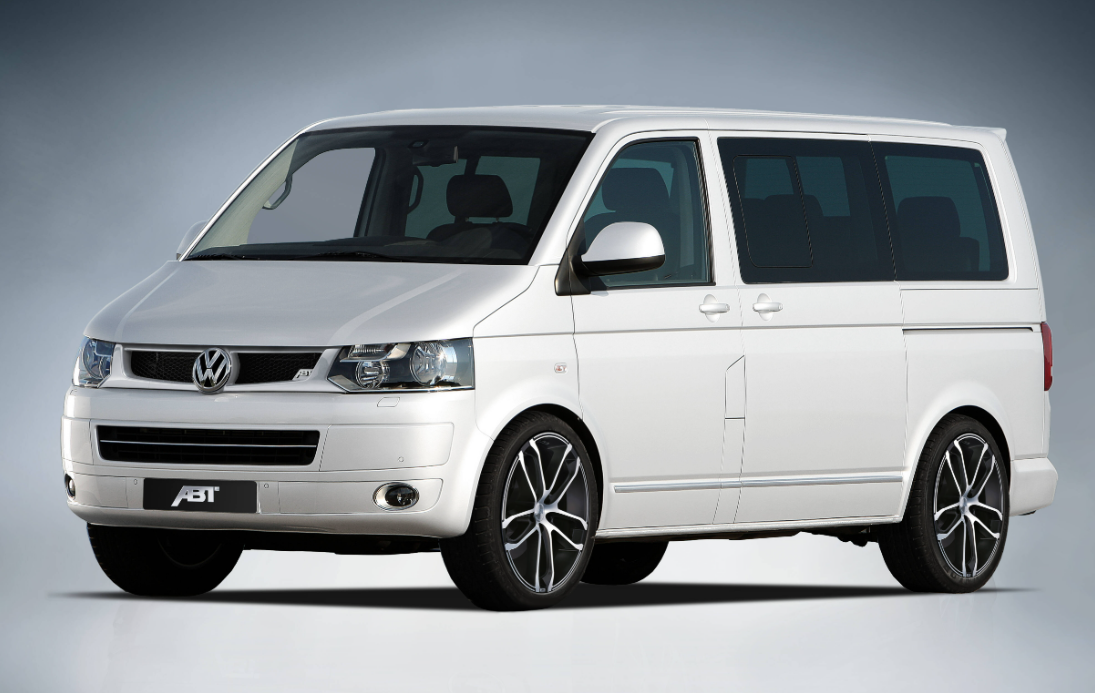

Volkswagen Transporter T6/T6.1: 2015 onwards
A very significant upgrade over the T5, the T6 maintained the choice of two wheelbases and three roof heights (though the UK dropped back to two in 2018), while introducing more efficient engines, and upping its safety game with modern driver assistance aids.
This included autonomous emergency braking, which was made standard in the UK in mid-2017.
There were even greater changes in 2019, when the T6.1 facelift was introduced ahead of going on sale in early 2020. Updates for this include revised interior, a new type of power steering (allowing for even more safety kit), increased connectivity and even further efficiency improvements.
It’s one of the best vans in the medium sector, with a range that stretches from basic working vehicles right though to immensely fancy lifestyle machinery – not least of which being the latest California and Caravelle. You can even buy a two-tone model, paying tribute to the original.
